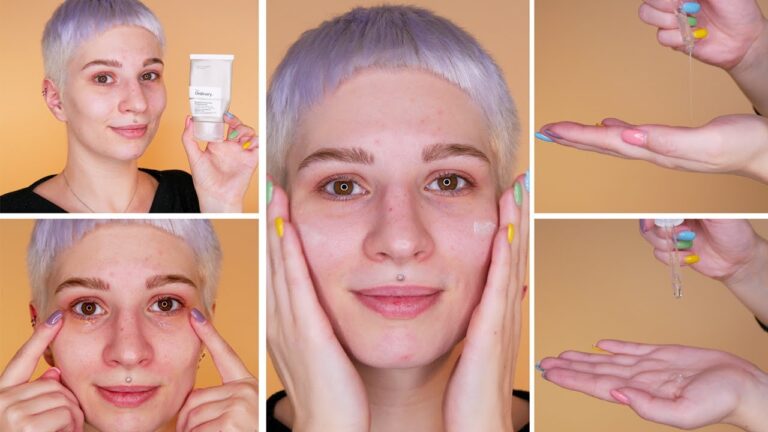Unlocking the secrets of perfect skin oil balance for a healthy, glowing complexion
Hello readers! Today, we’re going to talk about one of the most important factors when it comes to having healthy and glowing skin – Oil Balance. Oil balance is critical to maintaining healthy skin, but it can be a challenge to manage. In this blog post, we’ll examine why the correct level of oil balance is important for your skin and we’ll also provide some useful tips and recommendations for achieving optimal oil balance.
What is Oil Balance?
Before we delve into the ways you can achieve optimal oil balance in your skin, let’s briefly discuss what oil balance is. Oil balance refers to the natural oils produced by your skin. It’s essential to maintain the correct level of oil production as this will help to prevent dryness, breakouts and other skin conditions.
If you have oily skin, you may find that you’re more prone to breakouts and acne. In contrast, if you have dry skin, this can lead to flaky patches, discomfort and even redness.
The Importance of Oil Balance
Now that you have an understanding of what oil balance is, let’s discuss why it’s important to maintain optimal levels. Consistently having too much or too little oil can lead to skin problems.
If you have oily skin, the excess sebum produced can cause clogged pores which, in turn, can lead to breakouts and acne. On the other hand, if you have overly dry skin, this can cause irritation, inflammation and exacerbate existing skin conditions.
How to Achieve Optimal Oil Balance
Now that we’ve established the importance of oil balance for healthy skin, let’s take a closer look at some ways you can achieve it.
1. Exfoliate Regularly
Exfoliation is one of the key ways to promote oil balance in your skin. When dead skin cells build up on the surface of your skin, this can contribute to clogged pores and an imbalanced oil production. Using a gentle exfoliator such as St. Ives Fresh Skin Apricot Scrub twice a week will help to remove these dead skin cells and promote healthy oil production.
2. Use a Moisturiser
While it may seem counterintuitive, even those with oily skin can benefit from using a moisturiser. When the skin is dehydrated, it can actually produce more oil in response, exacerbating the problem. Using a lightweight moisturiser such as The Body Shop Tea Tree Oil Mattifying Lotion can help to balance your skin’s oil levels.
3. Try Oil-Absorbing Products
For those with oily skin, using products specifically designed to absorb excess oil can be incredibly effective. Look for products such as Neutrogena Oil-Absorbing Acne Cleanser which contain ingredients such as salicylic acid that will help to combat acne while also balancing oil levels.
4. Eat a Balanced Diet
The foods you eat can have a significant impact on your skin health. Consuming a balanced diet that includes healthy fats such as those found in avocados, nuts and seeds, can help to promote healthy oil production in your skin.
5. Stay Hydrated
Finally, it’s important to keep your skin hydrated by drinking plenty of water. When your skin is dehydrated, it can produce more oil which can contribute to breakouts and other skin issues. Aim to drink at least eight glasses of water a day to keep your skin hydrated and healthy.
Conclusion
That’s it for our discussion on oil balance. As we’ve seen, it’s important to maintain healthy oil levels to promote healthy skin. By following the tips and recommendations we’ve outlined in this blog post, you can achieve optimal oil balance and enjoy a healthy, glowing complexion.
Contents
Most searched products:
Does Sephora Support Israel? Answering Your Questions
The Ultimate Guide to Azealic Acid: Benefits, Uses, and Side Effects
Discover the Benefits of The Ordinary Botox for Your Skin
How Long Does Glycolic Acid Take to Show Results: Your Ultimate Guide
The Ultimate Guide to The Ordinary Colours Foundation: Reviews, Swatches, and Tips
The Perfect Order: When to Use Retinol and Niacinamide in Your Skincare Routine
The Ultimate Reviews of The Ordinary Peeling Solution
Your Essential Guide to The Ordinary SPF 50: Benefits, Ingredients, and Reviews
Say Goodbye to B.O with Glycolic Acid Deodorant: The Secret to Long-Lasting Freshness
Exploring the Wonders of The Ordinary Oxford Street: A Complete Guide













